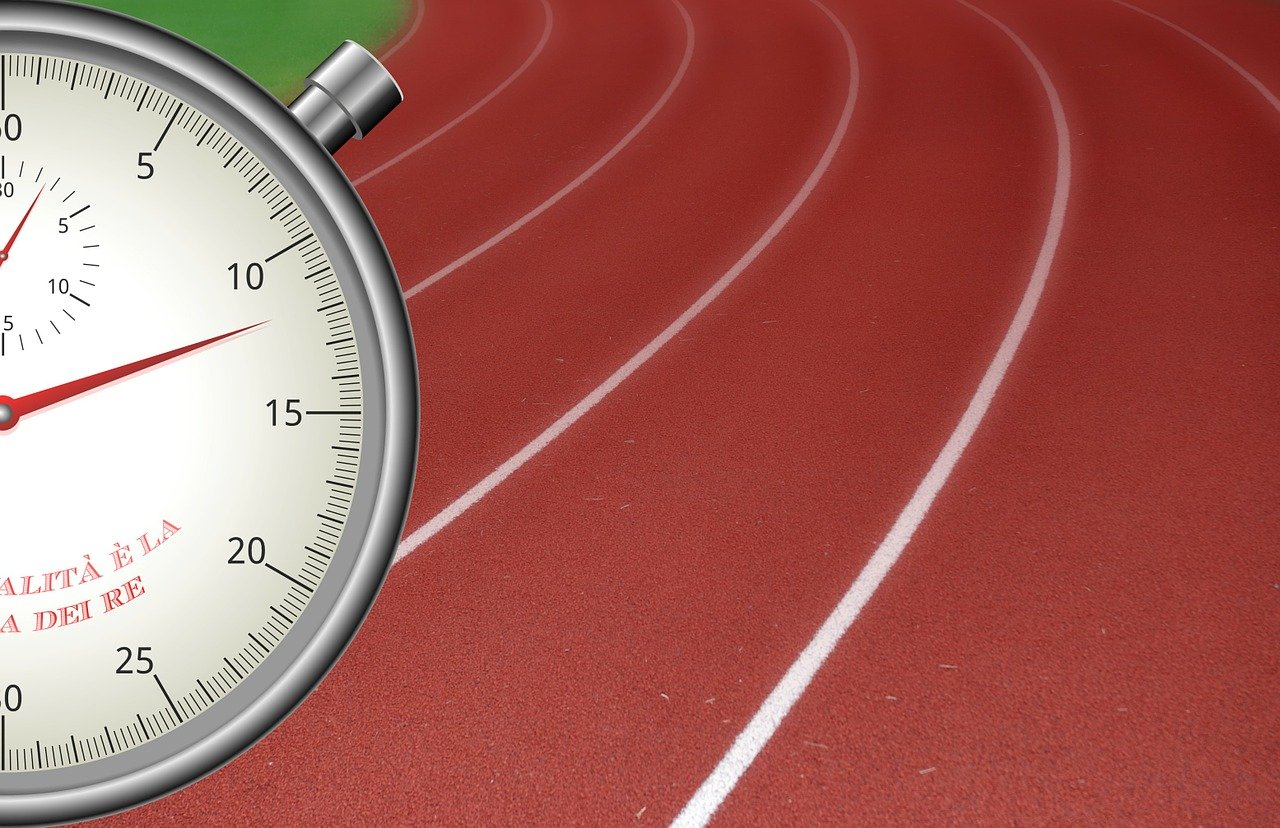What are the best practices for ensuring athlete safety in water sports like surfing and sailing?

Water sports, such as surfing and sailing, are exhilarating activities that offer both physical and mental benefits. However, they also come with potential hazards. Safety should always be the priority in these sports, ensuring that participants can enjoy the thrill without putting their wellbeing at risk. This article will delve into best practices for athlete safety in popular water sports like surfing and sailing. We’ll discuss guidelines drawn from reputable sources like PubMed and Google Scholar, offering sound advice in areas such as sun exposure, photoprotection, and boating safety.
Understanding the Risks
Before discussing safety measures, it’s essential to understand the potential risks associated with water sports. Both surfing and sailing, while thrilling, can present certain dangers if not approached with caution.
A voir aussi : What are the implications of virtual and augmented reality technologies in sports training and education?
Most water-related accidents happen due to lack of preparation or disregard for safety measures. For surfing, hazards can include rip currents, collisions with other surfers or boards, and, of course, the risk of drowning. In sailing, risks can range from capsizing and collisions to falling overboard. Additionally, the sun’s harmful rays can pose a significant risk in any outdoor sport, leading to conditions such as sunburn, heatstroke, and long-term skin damage.
Being aware of these threats makes it clearer why safety must always be paramount in these sports.
Cela peut vous intéresser : How can biomechanical analysis improve technique in precision sports like archery or shooting?
Sun Exposure and Photoprotection
One of the main risks for water sports athletes is sun exposure. The reflection of the sun’s rays off the water’s surface can intensify UV radiation, making athletes more susceptible to sunburn and other skin conditions.
To counter this, photoprotection is crucial. Using sunblock with a high SPF, wearing UV-protective clothing, and using accessories like hats and sunglasses can significantly reduce the risk of sun damage. It is also beneficial to avoid being on the water during the sun’s peak intensity, typically between 10 a.m. and 4 p.m.
Moreover, staying hydrated and taking breaks in the shade can help prevent heatstroke. These measures, while simple, can make a significant difference in athletes’ health and safety.
Surfing Safety
Surfing is an intense sport that requires strength, balance, and a deep understanding of the ocean. For surfers, there are specific measures to ensure safety.
Firstly, learning to surf should always start with professional lessons. Knowledge about wave formation, tides, and rip currents is pivotal. Secondly, using the right equipment is key. This includes a suitable surfboard with a leash, and for some conditions, a wetsuit.
Moreover, it’s also essential to surf within your skill level and not to venture too far out, especially if you’re relatively inexperienced. Lastly, always inform someone of your surfing plans, so they can alert the necessary authorities if you’re overdue.
Sailing Safety
Sailing, whether competitively or for leisure, also requires strict adherence to safety guidelines.
Before setting sail, it’s vital to check weather conditions and understand the route you’ll be taking. If you’re new to sailing, taking a course on sailing basics can be incredibly helpful.
Every boat should be equipped with safety gear, including life jackets for each passenger, a first aid kit, a VHF radio for communication, flares, and a fire extinguisher. Regular maintenance checks should also be done to ensure the boat is in good working condition.
In case of an accident, it’s crucial to stay calm and follow emergency procedures. A float plan should also be left with a trustworthy person onshore who can raise the alarm if necessary.
Physical Preparedness and Health
Physical fitness and health play a crucial role in water sports safety. Athletes should ensure they are physically fit to participate in the sport and have no underlying health issues that could be exacerbated by the activity.
Regular physical check-ups can help identify potential health risks. Fitness routines that focus on strength, endurance, and flexibility can enhance performance and reduce the risk of injury. Additionally, maintaining a healthy diet can help ensure the body is well-nourished and energized.
Mental health is equally important. Water sports can be physically demanding and stressful, so maintaining good mental health through relaxation techniques and stress management can help participants handle challenging situations with ease.
In summary, safety in water sports hinges on awareness, preparation, and adherence to best practices. From photoprotection to boating safety, each measure plays a critical role in ensuring that the thrill of the sport is not overshadowed by preventable risks. Remember, the goal is not just to participate, but to enjoy the sport safely and responsibly.
Safety Measures for Water Sports: A Closer Examination
Analyzing research articles from Google Scholar and PubMed, it is clear that athlete safety in water sports requires a multi-faceted approach. This encompasses understanding and addressing the various risks involved, implementing sun protection measures, maintaining physical health, and following specific guidelines for surfing and sailing.
Exposure to sunlight is a significant concern, given its potential to become skin cancer. In an article on PubMed by Troya Martin and Castro Maqueda, the authors emphasize the need for photoprotection habits, particularly in outdoor sports. Sun exposure can be dramatically intensified due to the reflection off the water’s surface, making athletes more susceptible to harmful UV radiation. To mitigate this, the use of sunblock with a high SPF, UV-protective clothing, and accessories such as hats and sunglasses is recommended. It is also suggested to avoid water activities during peak sunlight hours, generally between 10 a.m. and 4 p.m.
While this PubMed article and others offer a wealth of information, their findings should be complemented with safety practices specific to individual sports. These can be obtained from certified training programs and safety guidelines published by reputable sports organizations. For instance, in surfing, knowledge about wave formation, tides, and rip currents is crucial, and using the correct equipment is equally important.
Moreover, physical activity in water sports, though beneficial, can also pose risks if not managed appropriately. Hence, it is essential to maintain good physical health and fitness levels. This principle is echoed in a free article from PMC, which underscores the need for regular health check-ups and a fitness routine that enhances strength, endurance, and flexibility. Notably, mental health is equally important in managing the stresses associated with water sports.
Conclusion: Navigating the Waves Safely
As this examination illustrates, water sports safety hinges on a balance of awareness, preparation, and the implementation of best practices. The thrill and enjoyment of the sport should not be compromised by avoidable risks.
Through careful adherence to guidelines drawn from sources like Google Scholar and PubMed, along with following specific protocols for surfing and sailing, athletes can mitigate the threats associated with water sports. This includes managing the risk of sun exposure through effective photoprotection habits, maintaining physical health, and ensuring a mental state that can cope with the inherent challenges of water sports.
In conclusion, it is not just about participating in, but more about relishing water sports safely and responsibly. As with any sport, the ultimate goal should be to cultivate a culture of safety, where athletes are informed, prepared, and mindful of the potential risks and the ways to address them. After all, the joy of riding the waves and the freedom of sailing the seas should never come at the cost of one’s safety.
